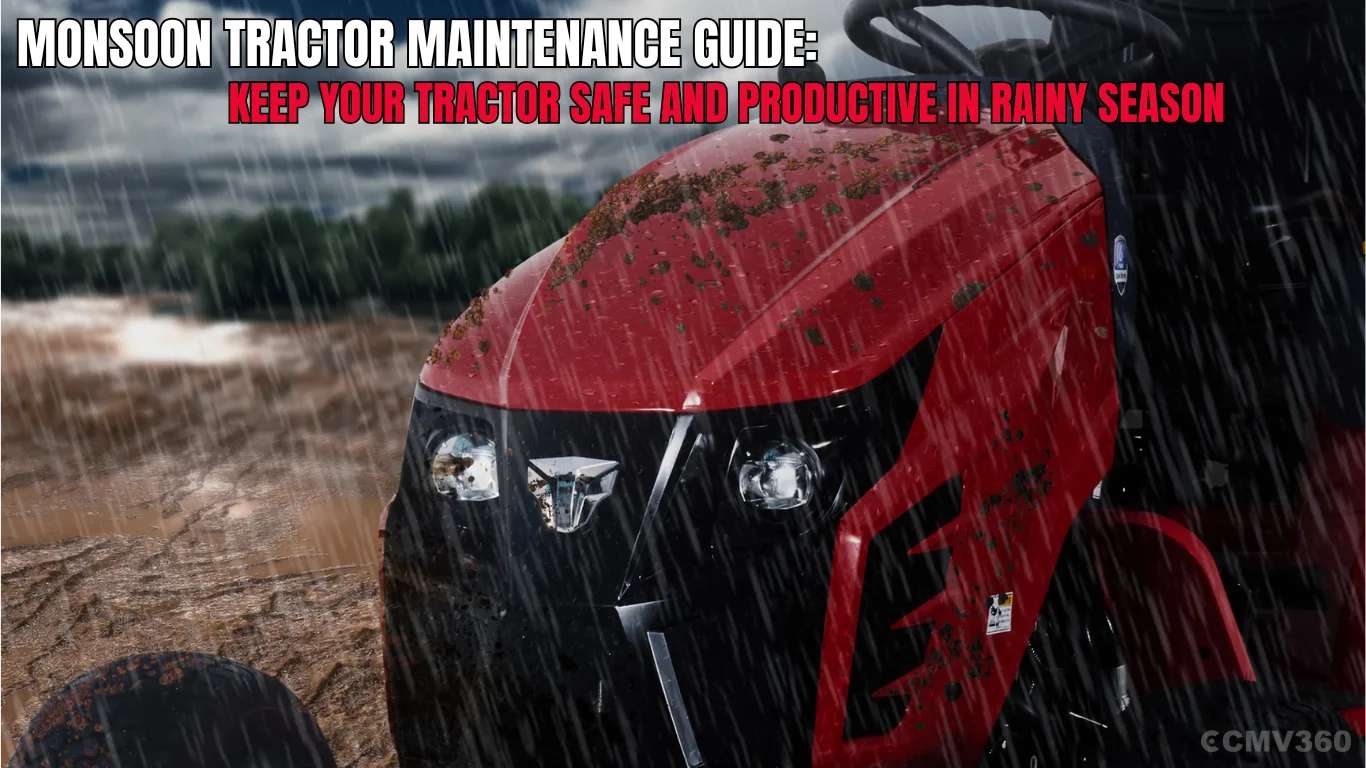Ad
Ad
Low Temperatures’ Impact on Crops: Insights and Management

Low temperatures can have a significant impact on crop production. The change in climatic conditions is the major cause of the decline in crop production worldwide. Understanding the effects of cold weather on different crops and implementing effective management strategies are crucial for ensuring food security and sustainable agriculture.
Agriculture and climate change share an interconnected relationship. This article discussed the various ways in which low temperatures affect crops and how to manage them.
Causes of Climate Change
Human activities, including fossil fuel combustion and deforestation, contribute to the accumulation of greenhouse gases, causing global warming and subsequent climate change. Understanding the root causes is important for effective strategies to deal with the challenges posed by a changing climate.
Impacts of Winter on Crops
Winter has impacts on crops, affecting their growth and development in various ways. The drop in temperature can lead to frost, causing damage to plant parts like buds, flowers, and young shoots. The cold weather slows down photosynthesis, limiting the production of essential sugars and energy for plant growth.
Additionally, low temperatures can result in delayed crop maturation, extending the time required for harvesting. Farmers must employ protective measures, such as selecting cold-tolerant varieties, using frost blankets, and managing irrigation, to minimize the adverse effects of winter on crops and ensure a successful harvest.
Also Read: Shielding Crops from Frost Damage: Effective Techniques for Winter
Effects of Low Temperatures on Crops
Frost Damage
One of the primary concerns during cold weather is frost damage. Frost occurs when temperatures drop below freezing, causing ice crystals to form on plant tissues. This damages cell walls disrupts cellular structures and can lead to discolouration, and even death of the plant.
Frost is a common concern when temperatures drop significantly. It occurs when water vapour in the air freezes on plant surfaces, leading to ice formation. Frost can damage plant tissues, particularly shoots, leaves, and fruit. This damage can result in reduced yields and compromised crop quality.
Reduced Metabolic Processes
Low temperatures can slow down crucial metabolic processes in plants. Photosynthesis, the process by which plants convert sunlight into energy, is particularly affected. As a result, the growth rate of crops decreases, impacting overall yield.
Low temperatures can limit the efficiency of photosynthesis. Reduced photosynthesis can result in slower growth, delayed flowering, and ultimately lower crop yields.
Irrigation Challenges
Cold temperatures can lead to the freezing of water sources and irrigation systems, disrupting the availability of water for crops. Farmers may need to implement alternative irrigation methods or protective measures to prevent water-related issues during cold spells.
Cold temperatures can affect the ability of plant roots to absorb water from the soil. This can lead to dehydration and negatively impact the plant's ability to transport nutrients, affecting its overall health and development.
Icy Soil and Reduced Nutrient Availability
Extremely low temperatures can lead to the freezing of soil moisture. When soil freezes, it may restrict the uptake of nutrients by plant roots. This limitation on nutrient availability can adversely affect crop development and overall health.
Crop Selection and Adaptation
Farmers may need to adapt their crop choices based on the local climate. Selecting cold-tolerant crop varieties becomes crucial in regions prone to low temperatures. Crop rotation and diversification strategies can help mitigate risks associated with temperature extremes.
Delayed Planting and Growth
Cold temperatures can delay the planting season as soil may take longer to warm up to optimal levels for seed germination. Slow germination and growth rates in crops can affect the overall timeline of the agricultural calendar, potentially reducing the number of planting cycles in a given season.
Cold weather can delay the germination of seeds and the flowering of plants. This delay may affect the synchronization of crop growth with the optimal growing season, resulting in lower yields and economic losses for farmers.
Strategies to Manage Low Temperatures' Impact on Crops
Selecting Cold-Tolerant Varieties
Planting crop varieties that are more tolerant to low temperatures is a proactive strategy. Breeding and selecting varieties with improved cold resistance can help minimize the impact of cold stress.
Opting for cold-resistant crop varieties and adjusting planting schedules to coincide with milder temperatures can be effective strategies. Some crops are better suited to withstand cold conditions, and planting at the right time can help avoid the most severe weather.
Irrigation Management
Proper irrigation practices, such as drip irrigation, can help regulate soil temperature. Applying water before an anticipated cold spell can also provide some protection, as water has a moderating effect on temperature.
Proper irrigation practices can help mitigate the impact of low temperatures. Wet soil retains more heat than dry soil, so maintaining soil moisture through controlled irrigation can provide some protection against frost.
Crop Residue Management
Leaving crop residues on the field after harvest can act as a protective layer, insulating the soil and providing some defence against temperature extremes. This practice also helps improve soil structure and moisture retention.
Greenhouse and High Tunnel Cultivation
Greenhouse and high tunnel cultivation provides a controlled environment where temperature, humidity, and other factors can be regulated. This allows farmers to create an optimal growing environment, protecting crops from adverse weather conditions.
Proper Timing of Planting
Strategic timing of planting can help crops avoid exposure to the most severe cold periods. Planting schedules should take into account the local climate and the typical onset of cold weather.
Use of Protective Covers
Protective coverings, such as row covers or frost blankets, can be employed to shield crops from frost damage. These covers trap heat close to the plants, preventing the formation of ice crystals. Using covers such as row covers, blankets, or plastic sheeting can provide a protective barrier against frost.
Windbreaks and Microclimates
Planting windbreaks or using natural barriers can help create microclimates that reduce the impact of cold winds on crops. These structures can protect crops from chilling temperatures and frost.
Mulching
Mulching around plants helps retain soil warmth and moisture, preventing temperature extremes and reducing the risk of frost damage.
Applying a layer of mulch around the base of plants helps regulate soil temperature. Mulch acts as an insulator, preventing rapid temperature fluctuations and protecting plant roots from extreme cold.
Fertility Management
Ensuring proper soil fertility and nutrient levels helps crops withstand stress conditions, including low temperatures. Balanced nutrition enhances the resilience of plants to adverse environmental conditions.
Monitoring Weather Conditions
Regular monitoring of weather forecasts allows farmers to anticipate periods of low temperatures and implement protective measures in advance. Early intervention is crucial in minimizing the impact of cold stress on crops.
Site Selection and Microclimate Management
Choosing the right location for farming can minimize the impact of low temperatures. Additionally, implementing microclimate management techniques, such as the use of windbreaks or thermal covers, can protect against frost.
Also Read: Top 10 Practiced Tips to Avoid Frost Damage and Losses
Conclusion
Low temperatures pose a serious threat to crop production, and understanding the effects of cold weather on crops is essential for farmers to develop effective management strategies.
By implementing proper site selection, choosing crop varieties, and employing protective measures, farmers can mitigate the impact of low temperatures and ensure a more robust and sustainable agricultural system.
Features & Articles
Hidden Cost of Buying a Tractor in India Every Buyer Must Know About
Learn about tractor hidden costs like registration, insurance, implements, fuel, and maintenance to plan your budget smartly and avoid unexpected expenses....
12-Aug-25 01:22 PM
Read Full NewsHow to Save Your Tractor Clutch from Early Damage: Easy Tips for Long Life and Smooth Farming
Prevent early clutch failure in tractors with easy maintenance tips and daily checks for better performance and longer life....
04-Aug-25 11:59 AM
Read Full NewsMonsoon Tractor Maintenance Guide: Keep Your Tractor Safe and Productive in Rainy Season
Follow these easy monsoon maintenance tips to protect your tractor from rust, breakdowns, and damage during rainy season....
17-Jul-25 11:56 AM
Read Full NewsMassey Ferguson vs Powertrac: Key Differences Every Farmer Must Know in 2025
Compare Massey Ferguson and Powertrac tractors in 2025 for performance, price, features, comfort, and warranty to choose wisely....
11-Jul-25 06:00 AM
Read Full NewsTop 5 Mileage-Friendly Tractors in India 2025: Best Choices for Saving Diesel
Discover the top 5 best mileage tractors in India 2025 and learn 5 easy diesel-saving tips to boost your farm savings....
02-Jul-25 11:50 AM
Read Full NewsTop 5 John Deere Tractors in India 2025: Full Comparison of Features, Performance, and Pricing
Explore top 5 John Deere tractors in 2025 with features, performance, prices, and full comparison for Indian farmers....
19-Jun-25 12:11 PM
Read Full NewsAd
Ad
As featured on:


Registered Office Address
Delente Technologies Pvt. Ltd.
M3M Cosmopolitan, 12th Cosmopolitan,
Golf Course Ext Rd, Sector 66, Gurugram, Haryana
pincode - 122002




















